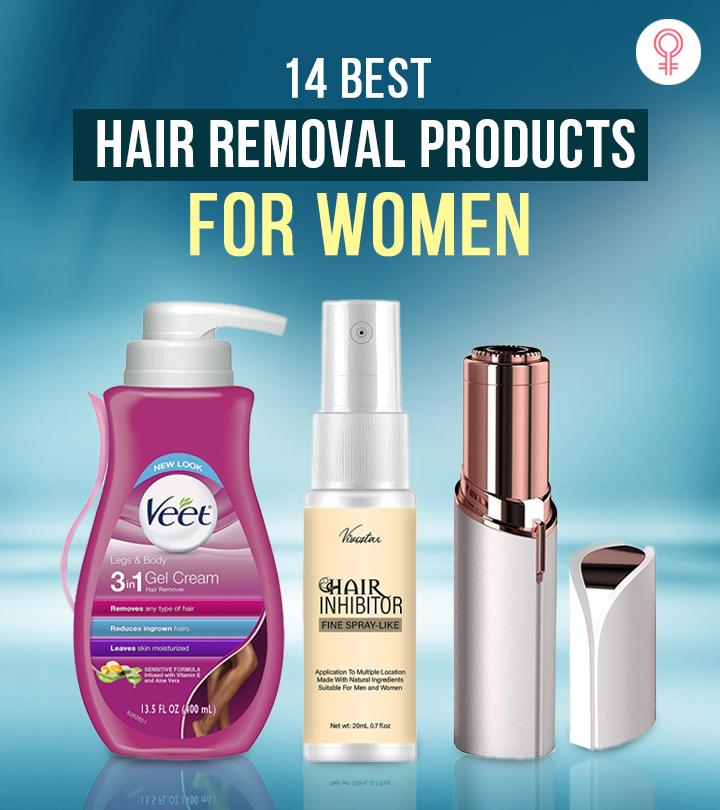Table Of Content

Most ingrown hairs will subside fairly quickly if you leave them alone. However, if an ingrown hair is really bothering you or lasts more than a couple of weeks, make an appointment to see your primary care doctor or a dermatologist. What you probably don't want to do is remove the deep ingrown hair yourself. This puts you at risk of damaging your skin or causing an infection, which often isn't worth the risk considering that a large percentage of ingrown hairs go away on their own.
Over-the-counter (OTC) products for ingrown hairs
Dermatologist Sherrie Bullard, MD, shares safe ways to get rid of ingrown hairs and how to prevent them from happening. Digging into the skin to pull the hair out can cause an infection. Ingrown hairs on the legs can signal that a person is using the wrong type of razor. Brushing the skin with a firm, long-bristled brush in a circular motion can gently scrape away the outer layer of dead skin cells, revealing softer skin underneath. However, if a person can see the tip of the hair outside the skin, it may be easier to pull the hair out and allow the follicle to heal.
Reason For Skin Growth Under Nails - POPSUGAR
Reason For Skin Growth Under Nails.
Posted: Mon, 25 Mar 2024 07:00:00 GMT [source]
WHAT ARE THE SIGNS OF INGROWN HAIRS?
If you shave or wax with any sort of regularity, there is a 97.6 percent chance you've had an ingrown hair, one of the most annoying (and painful) beauty problems. One very useful product is adapalene gel, an over-the-counter retinoid medication. This medication can be applied to areas with ingrown hairs to help gently exfoliate until the ingrown hair appears at the surface of your skin. You can then carefully remove the hair with tweezers (see below). Ingrowing hairs can present as lumps or bumps in the skin and can even have a head on them like a regular spot.
How to Remove a Deep Ingrown Hair Safely
So, wearing tight clothing such as leggings and jeans can contribute. Full of lactic acid, this smoothing body lotion minimises Keratosis Pilaris (aka dry, bumpy skin) asap. The results of electrolysis and laser hair removal are immediate. If your symptoms don’t improve, your healthcare provider may need to prescribe medications that decrease inflammation and improve infections. Also, people should wear loose clothing on areas surrounding the hair to avoid friction.
How To Get an Ingrown Hair Out at Home
Alternatively, your doctor might prescribe topical treatments like retinoids, which help reduce skin hyperpigmentation and remove dead skin cells. They also might prescribe steroids, which reduce inflammation and swelling. If you're using a manual razor it's oh-so important to find a good shaving cream.
Ingrown Hair Removal: How to Get Rid Of Ingrown Hairs - Men's Health
Ingrown Hair Removal: How to Get Rid Of Ingrown Hairs.
Posted: Tue, 03 Oct 2017 07:00:00 GMT [source]
But, don’t just sit and start plucking the hair, there are a few precautions that need to be taken. Regardless of whether you have a stately mane, a five o'clock shadow or a baby smooth chin, your beard can go rogue and form an underground resistance at any time. Use this guide on ingrowing hairs to pluck up the courage to defeat them once and for all. There's something deeply satisfying about watching an ingrown hair get removed – the longer and tanglier, the better.
This means that most of the time, you don't need to worry about removing them. "I encourage patients not to pick at ingrown hairs on their own because it can cause damage, scarring, or infection, especially if sharp tools are used," says Engleman. If this is a chronic occurrence for you, consider visiting a dermatologist, who may prescribe a topical medication that can help alleviate and prevent ingrown hairs. Common prescription topicals include steroid and retinoid creams.
Watch for infected ingrown hairs
Or, a person may have a skin condition that resembles ingrown hairs. Chemicals and fragrances in shaving creams can irritate and inflame the skin, leading to skin issues, such as ingrown hairs. All the derms we spoke with advise against popping or tweezing an ingrown hair bump, warning that this ups the likelihood of infection and isn't a guaranteed way to remove the hair. Patience is a virtue when it comes to ingrown hair removal; your best bet is to simply do a few things that will help the hair come out on its own faster.
About Mayo Clinic
If you’re in a pinch, you can apply some 1% hydrocortisone right after the wax or close shave, and then one more time the next day, which may take some of the redness out. “You should not use this more than two or three applications at most,” she says, as hydrocortisone can thin the skin and cause stretch marks. "Ingrown hairs often occur after shaving, tweezing, or waxing, and can be found in any area where hair grows, such as the face, legs, armpits, and pubic area," Engelman says. Shaving in the opposite direction to the hair growth means each hair will be cut at a sharper angle, and is therefore more likely to grow back under the skin.
It will give an extra slip to the skin ensuring blades don't drag, and meaning you can avoid irritating any sensitive spots. Opt for an alcohol-free, sensitive formula, to prevent drying out your skin. How do we get rid of the irritating bumps before they even happen? Follow our 6 expert tips and put a stop to ingrown hairs, once and for all... "The easiest way to avoid ingrowing hairs is to avoid wet-shaving in favour of an electric razor." This way, he says, you’ll avoid cutting the hair so short and it won’t be able to grow under the skin.
Or, maybe you’re questioning what an ingrown hair looks like? We’re here to help answer these questions, plus share tips on how to help prevent ingrowns in the first place. In women, the most common areas where ingrowns can develop are the armpits, the pubic area, and on the legs.
If this does not work, rubbing a very soft toothbrush in a similar motion over the area may help unclog the follicle and release the trapped hair. Stephanie (she/her) is the director of the Hearst Health Newsroom, where she writes, edits and oversees all health content for Good Housekeeping, Prevention and other Hearst titles. If the hair is already visible and sticking out of your skin, you can attempt to tweeze the hair out. Easy to apply, dreamy golden shade and zero streaks, guaranteed.
If the ingrown hair becomes infected, the bumps may continue to grow and fill with more pus. They may be more painful, red, and irritated than ever before. People who experience ingrown hair over large areas may require medical treatment as well. However, if the problem is persistent, people should see their doctor for other preventive measures. These methods can include intense pulse light therapy or prescription creams to reduce hair growth.
Shaving cream adds moisture and reduces friction when the razor glides over the skin. Talk to experienced dermatologist online and get your health questions answered in just 5 minutes. If you already have ingrown hair, the Cleveland Clinic recommends taking the following steps to help with the situation. Ingrown hairs are irritating, but most of the time they can easily be treated in the home. Also, moisturizers can keep the skin from becoming dry, itchy, and inflamed.
(Which probably explains why #ingrownhair has got over 8.5 billion views on TikTok. There's a whole collective of us weirdos out there). But when it comes to actually dealing with the suckers ourselves, let's be honest, it's a lot less fun. Once any part of the hair appears above the skin line, a sterile needle or tweezers can be used to pull the hair straight. Shaving in the opposite direction can cause the hairs to have very sharp tips. This makes it easier for them to penetrate the skin and grow inward.
For anyone who isn’t an out of work actor, and needs to shave on a daily basis, Alexandroff suggests shaving with the grain of your beard and not pressing so hard with the razor, Sweeney Todd. If you notice you are developing ingrown hairs regularly, rinse the razor after each swipe and also make sure to switch out your blade at least every five to seven shaves. Using a blunt razor to remove hair can increase your likelihood of getting ingrown hair.












